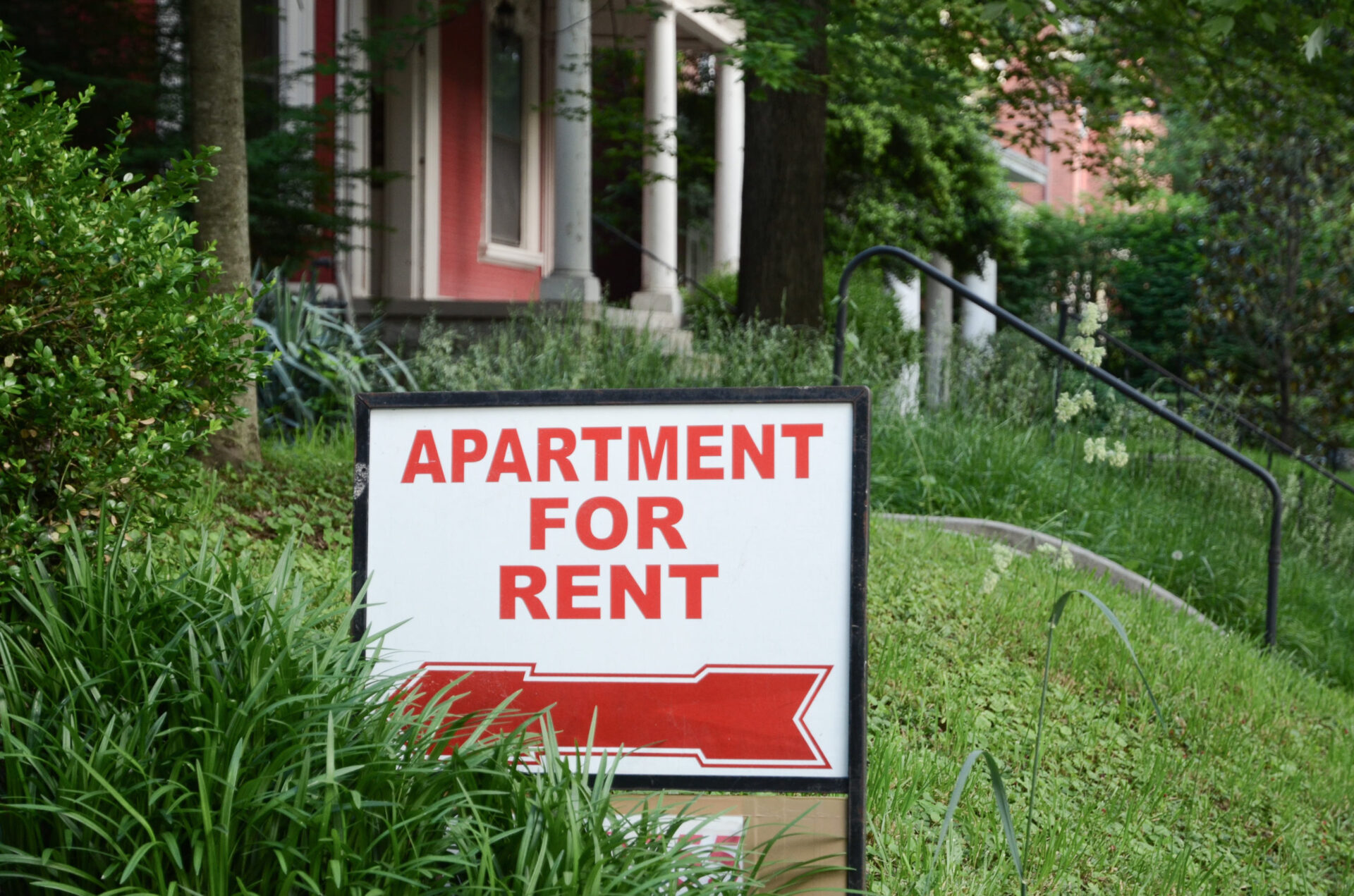Good morning! Today is Monday, November 23. More than two million air travelers passed through security checkpoints this weekend ahead of the Thanksgiving holiday. Protesters across California took to the streets in defiance of Gov. Gavin Newsom’s latest nighttime curfew orders that went into effect to clamp down on resurging coronavirus cases. The United States, Germany and UK could start Covid vaccinations in December.
And in mortgage and housing news …
$6 MILLION SCHEME: Authorities indicted nine people this week allegedly involved in a $6 million scheme that preyed on Southern California victims facing foreclosure.
MORTGAGE METRICS: The average mortgage takes two months to close, but with record low interest rates.
BRANCH CLOSINGS: Banks didn’t cause this recession, but they won’t escape it either.
ZILLOW SURFING: More time during the pandemic has many daydreaming about what it might be like to live somewhere else, often while scrolling through listings on Zillow.
CREDIT SCORES: The average FICO credit scores hit record highs.
SINGLE-FAMILY RENTALS: Here’s how single-family rentals can be a good deal for investors. Benefits include lower turnover and renovation costs, and long-term income.
MICROSOFT AFFORDABLE HOUSING: A Microsoft-led housing effort is cutting rents in Seattle suburbs, allowing middle class workers back into neighborhoods they had been priced out of.
TOP 30: Mortgage Report’s top 30 companies in mortgage and servicing.
BLACK-OWNED BUSINESS ADVANTAGE: Citigroup, JPMorgan Chase and Bank of America are offering preferred terms to Black-owned firms in supply-chain finance programs.
GUARANTEED LOANS: Guaranteed mortgage loans are a critical part of the mortgage marketplace, and it’s easy to see why.
GEN Z POWER: Gen Z’s surging economic power will permanently change the investing landscape over the next decade, Bank of America says.
STUDENT LOAN LOSSES: The U.S. government stands to lose more than $400 billion from the federal student loan program, an internal analysis shows, approaching the size of losses incurred by banks during the subprime-mortgage crisis.
